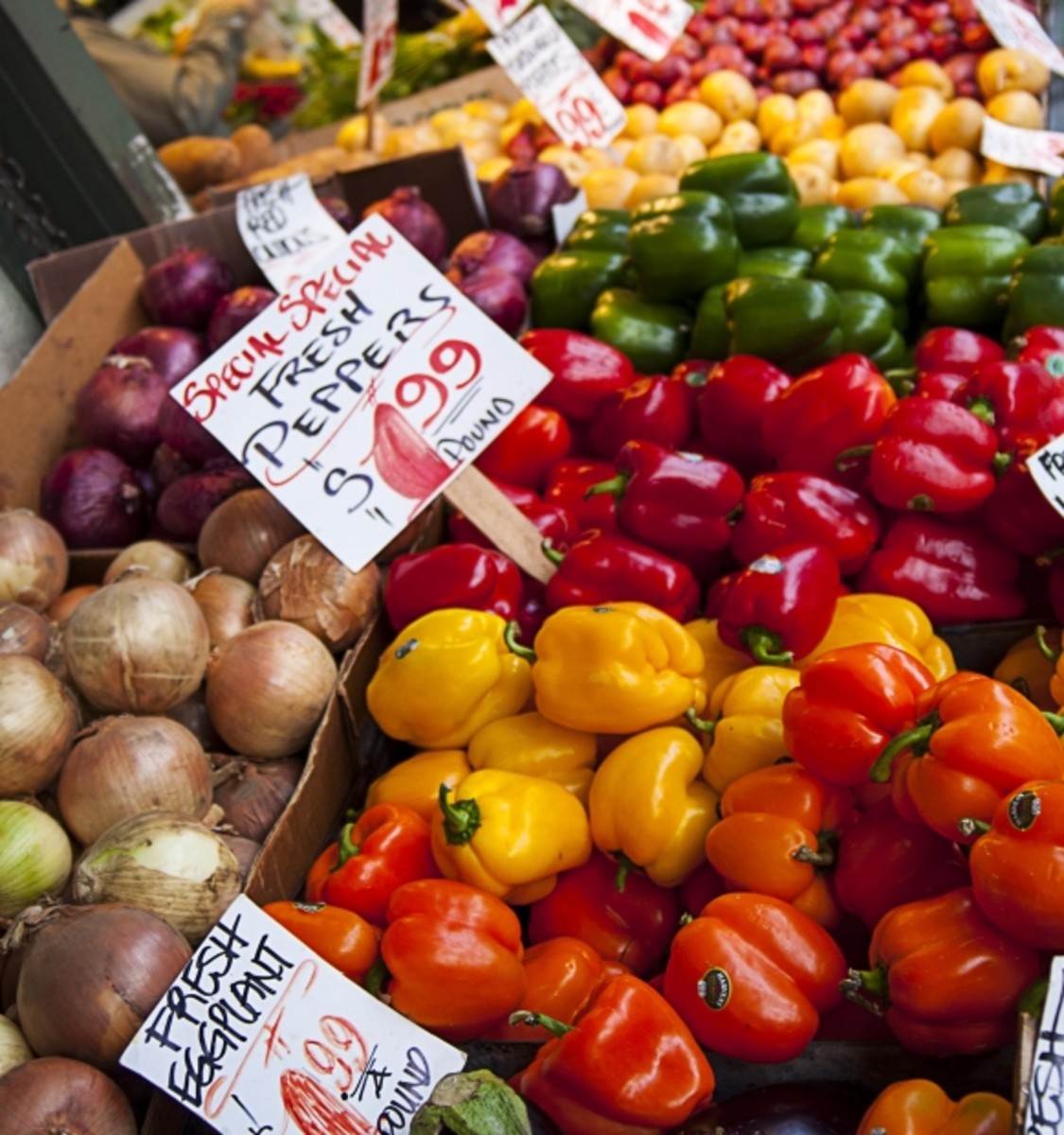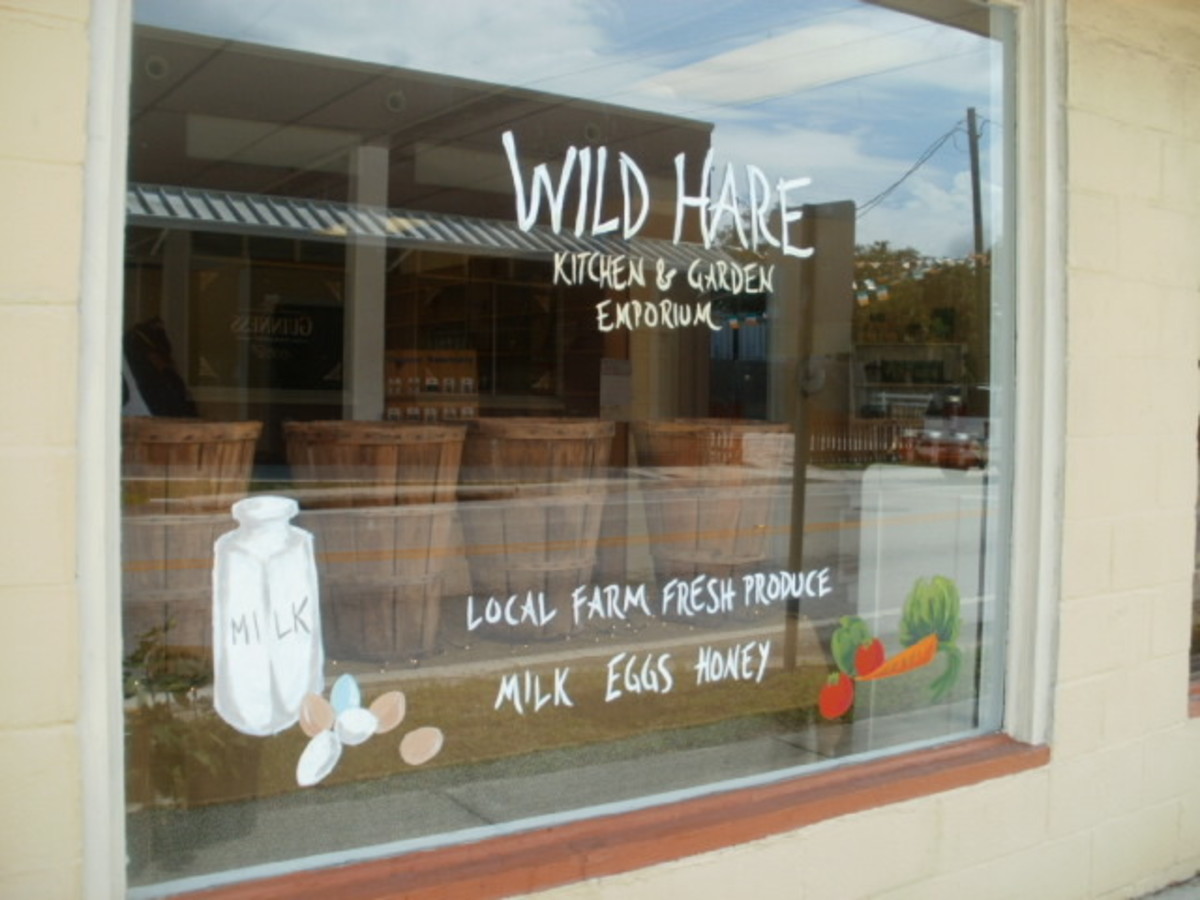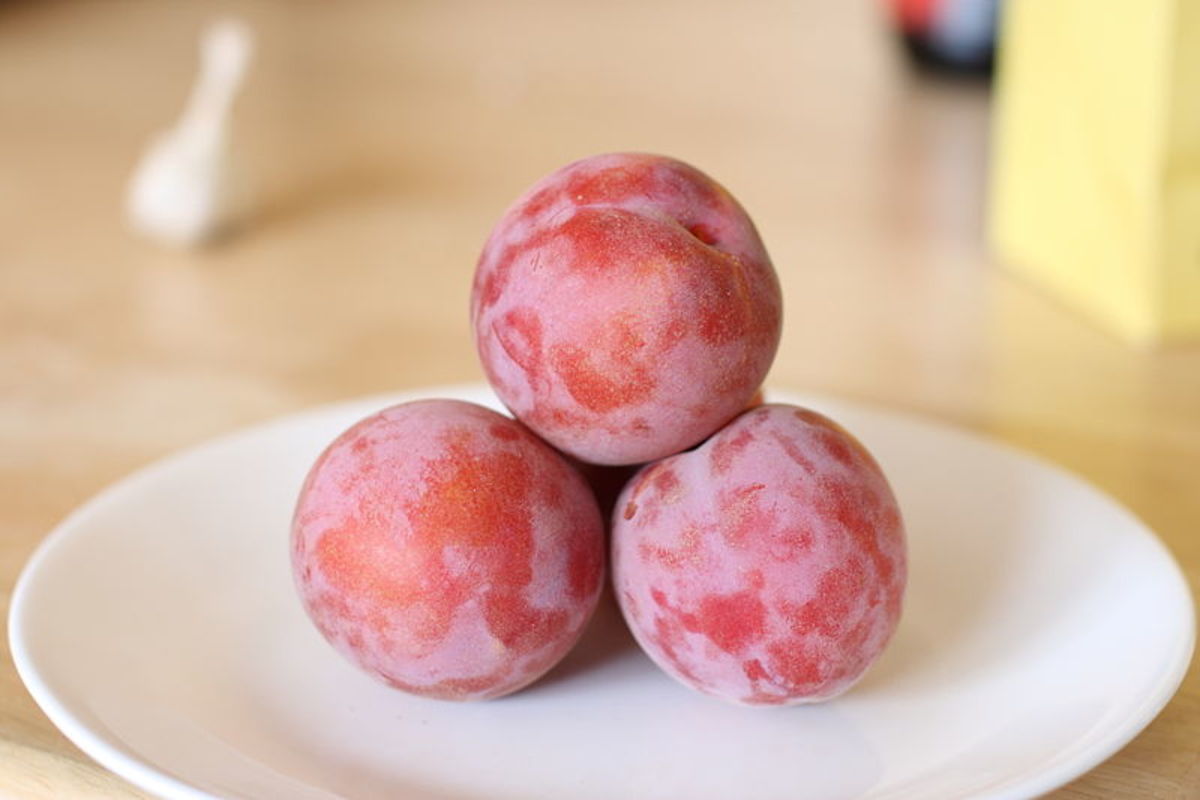How To Save Bees And Other Pollinators From Extinction
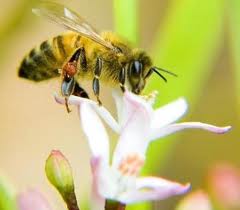
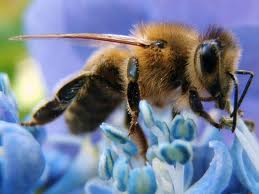
There is an alarming decrease in the number of pollinators throughout the world. Pollinators, the best known of which are the bees, are responsible for the production or at least one third of the foods we eat, including fruits, vegetables and even chocolate.The decline in the honeybee population alone is becoming a major concern for the agricultural community.
Although the disappearance of some pollinators, such as bees, is not totally understood, it has been linked to two main factors. The first is the destruction of nesting areas. As land is cleared for homes, shopping centers, golf courses, farms, and roads, masses of nesting habitats for pollinators are permanently destroyed.
A global effort will be necessary to restore much needed pollinators before our food producing plants begin to disappear. Progress is inevitable meaning that land will continue to be cleared at an alarming rate and massive areas of pollinator habitat will disappear.
The second factor contributing to the decline in pollinators is the use of pesticides. In an effort to kill what we consider undesireable insects, the precious pollinators are also being wiped out. What can we, as individuals do?
We can plant a variety of flowers, flowering bushes and trees. Plant flowers that will bloom at different times of the year and plant in masses. Include a variety of colors, shapes, and sizes. Even if you do not have a garden, you can add planters to your balcony or build a window box. Choose native plants to attract native species.
Build a bee box. This is a simple project that you can do with your children. A bee box makes a nice gift for children to make for relatives and friends. Google 'How to build a bee box' and you will come up with a variety of descriptive sites.
Eliminate or at least limit the pesticides that you use. If you must use a pesticide, choose the least toxic one and target only the area of infestation. Remove what pests you can by hand. Tolerate some imperfection.
Do not clear land unless absolutely necessary. Leave a small portion of your garden wild. Plant a package of wild flower seeds and you will soon see the area come alive with grateful pollinators.
Buy organic if possible.
Alert your family and friends to the dangers that a decline of pollinators can present. Get them on board with an effort to resolve this growing problem.


